Trending Now
Sunday, Nov, 2024
Home / Key Developments in India's Education Sector Since 75 years of Independence.
Key Developments in India's Education Sector Since 75 years of Independence.
Many multinational CEOs have also proved that the Indian Education System has progressed and performed better than most countries across the globe. In 1950-51, there were 0.41 girls for every boy in classes 1 to 8, but presently girls outnumber boys in school education, with 1.02 girls for every boy. In 1950-51, the literacy rate in India was 18.3%. But, as per the National Statistical Commission, the literacy rate in India has risen and stands at 77.7% in 2017-18.
 by Pragti Sharma /
by Pragti Sharma /  16 Aug 2022 16:48 PM IST /
16 Aug 2022 16:48 PM IST /  0 Comment(s) / 966
0 Comment(s) / 966
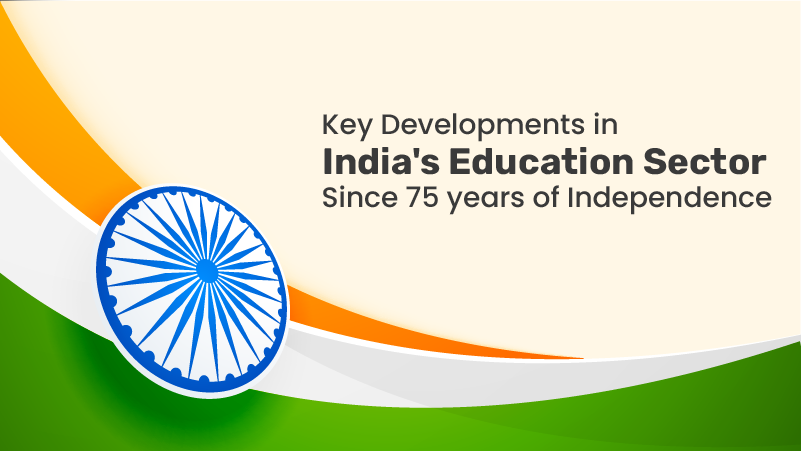
Since August 15, 1947, India has come a long way. India has somehow enhanced in almost every field, but especially in education. Education has been an essential and prime contributor to the development of India in the post-Independence era.
Many multinational CEOs have also proved that the Indian Education System has progressed and performed better than most countries across the globe.
India set up a planning commission in 1950 to prepare a blueprint for the progress of the education system in India after 200 years of colonial rule. After that, various plans were drawn, and the prior aims of these plans were to eliminate illiteracy from the country, acquire universal elementary education and launch vocational and skill training programs among others.
India got independent in 1947, but it took around 20 years to declare our first education policy, which came in 1968, and the second came after another 20 years, in 1986. The education policy in 1986 announced several cosmetic changes to the 1968 education policy, indicating that the current National Education Policy (NEP 2020) came after 52 years.
Developments in the Education sector:
- There were 0.41 girls for every boy in classes 1 to 10 in 1950-51. Now girls exceed boys in school education, with 1.02 girls for every boy.
- In 1950-51, there were around 578 colleges in India, but now the number of colleges is increased to 42,343.
- The count of medical colleges currently stands at 612, which was 28 in 1951.
- The literacy rate in India was 18.3% but jumped to 77.7% in 2017-18.
- In 1951, there was only one IIT, and now the number has increased to 23.
During the independence, education for females was not considered essential, and people were also unwilling to educational institutions.
In 1950-51, there were 0.41 girls for every boy in classes 1 to 8, but presently girls outnumber boys in school education, with 1.02 girls for every boy. When India got independence, out of five, four could not read, but with the help of various approaches, interventions, and initiatives, most Indians can now read and write. The rapid growth in literacy in the recent decades, even in the face of massive additions to the population, portrays a positive trend. In 1950-51, the literacy rate in India was 18.3%. But, as per the National Statistical Commission, the literacy rate in India has risen and stands at 77.7% in 2017-18.
The first IIT Indian Institute of Technology was set up in 1951 in Kharagpur, West Bengal. Currently, there is a total of 23 IITs in India. All IITs have been declared the institute of National Importance and are governed by the Institutes of Technology Act, 1961.
On August 15, 2020, India celebrated 75 years of independence- it is on the verge to execute National Education Policy 2020, which envisions' India's approach to a modern education system. The new policy is a complete framework not only for elementary education but also higher education and replaced the last NEP in 1896. The policy focus on transforming India's Education System by 2040.
The new Education Policy 2020 brings changes such as regional language as a medium of instruction in schools, replacing the 10+2 schooling system in India with a new 5+3+3+4 system, the duration of all graduate courses to be four years, and all universities with the same grading patterns.

EShort / February 16, 2024
IMS Noida Admissions 2024: Apply for UG, PG programmes

EShort / February 16, 2024
GATE 2024: Response sheet out

EShort / February 16, 2024
BSSTET 2023: Admit card released

EShort / February 16, 2024
NID DAT 2024: Prelims result released

EShort / February 16, 2024
IIT JAM 2024: Response sheet released

Jobs / February 16, 2024
UPSC Recruitment Drive 2024: Apply for 120 vacancies in various departments

EShort / February 14, 2024
UPSC CSE 2024: Official Notification issued; application process begins
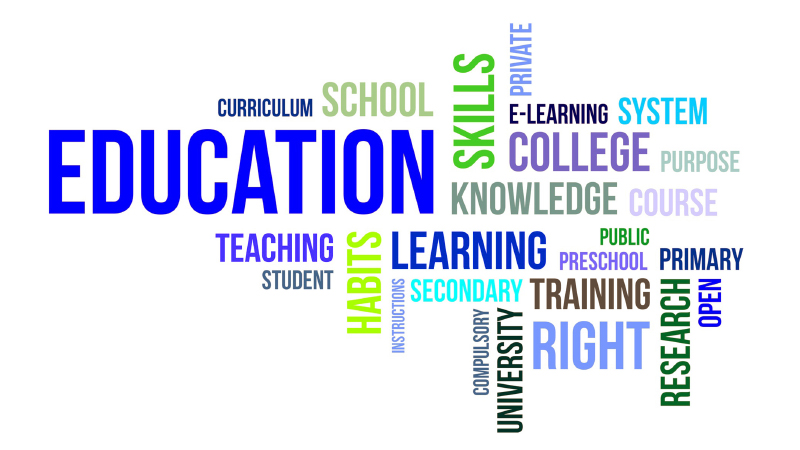
Editor's Desk / April 17, 2020
How Does Society Impact Our Education?
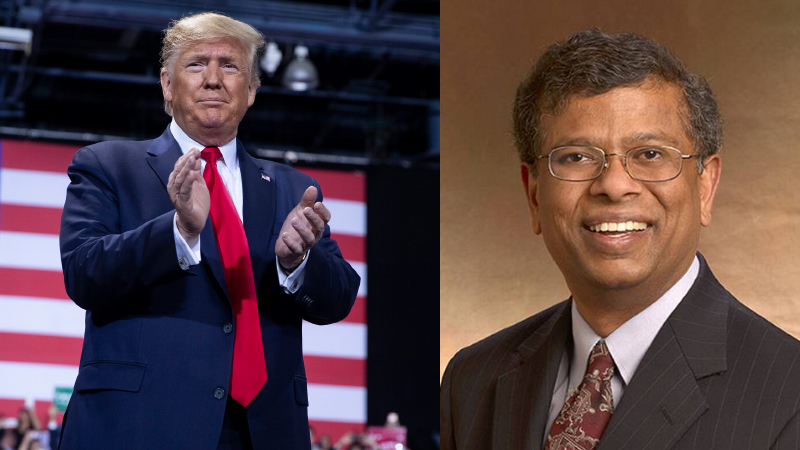
Current Affairs / April 22, 2020
Mr. Sudarsanam Babu appointed to U.S. Science Board.
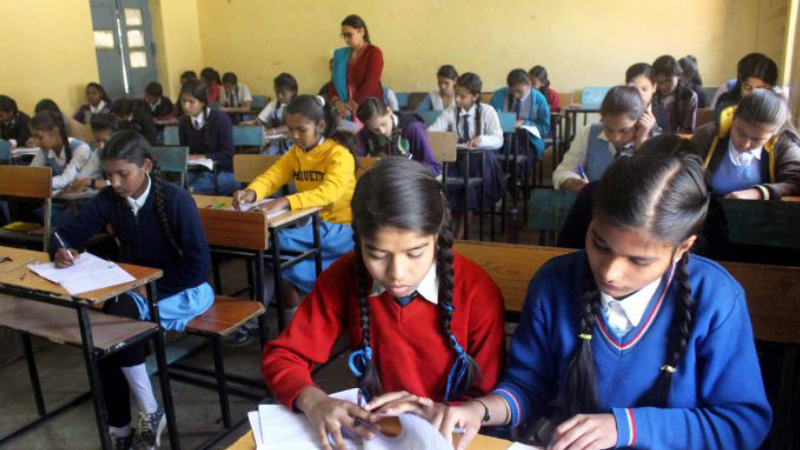
Reforms / April 17, 2020
Traditional Structure of Education In India
.jpg)
Events & Seminars / April 17, 2020
PISA!!
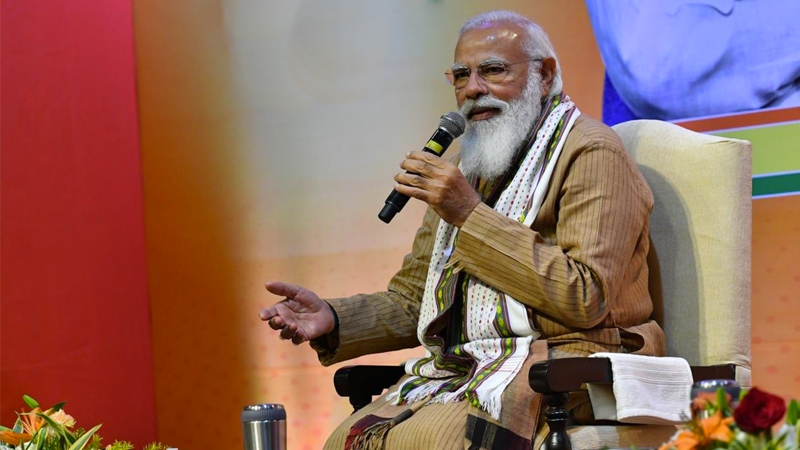
Blog / February 26, 2021
Government's Action On #ModiRojgaarDo

EShort / May 19, 2022
CUET PG 2025 has started the registration process.

Notice Board on Important Dates / April 21, 2020
World Heritage Day

News / July 08, 2021
JEE Mains Registration For Session 3: Last Date To Apply

EShort / December 14, 2021
UPSC Declared Final Result For DCIO Recruitment


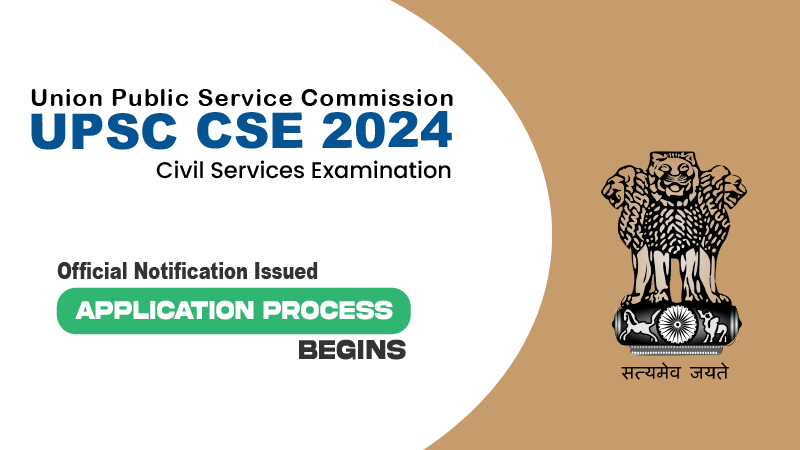

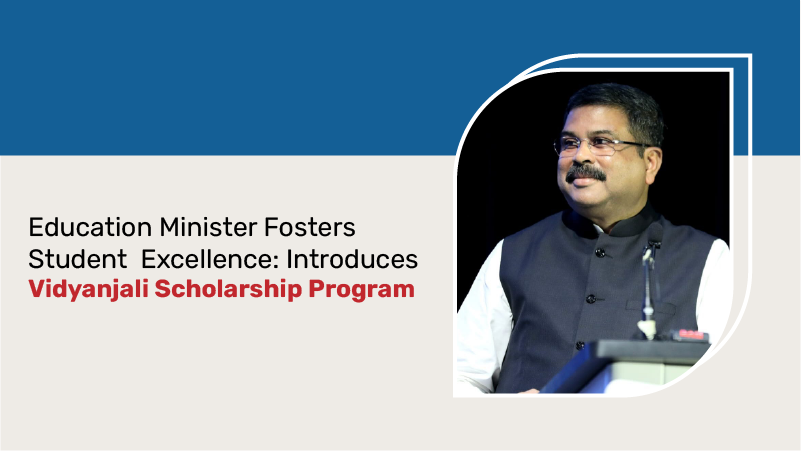
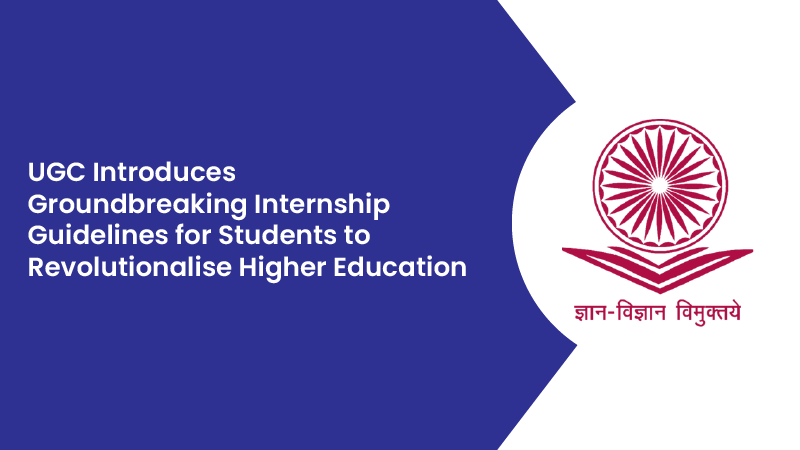
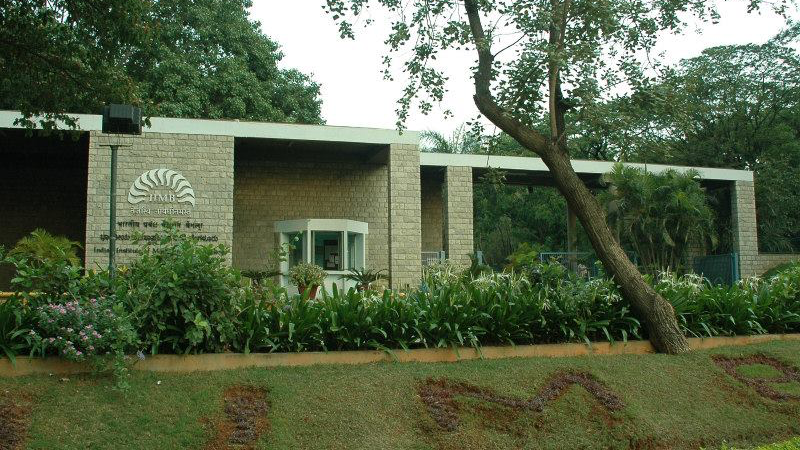


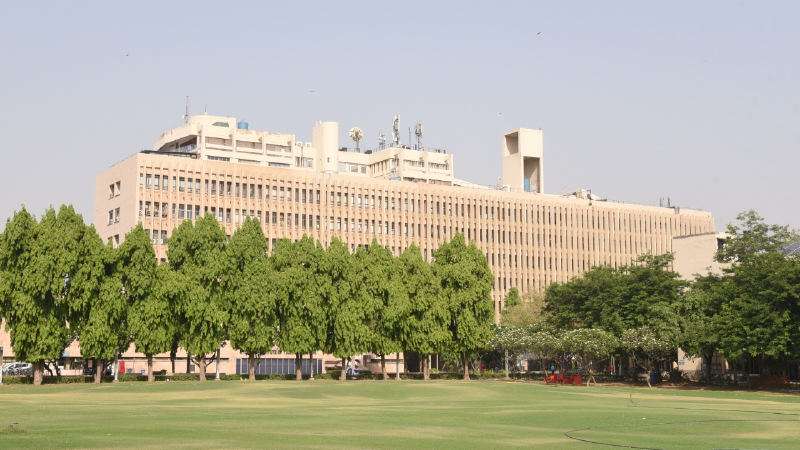

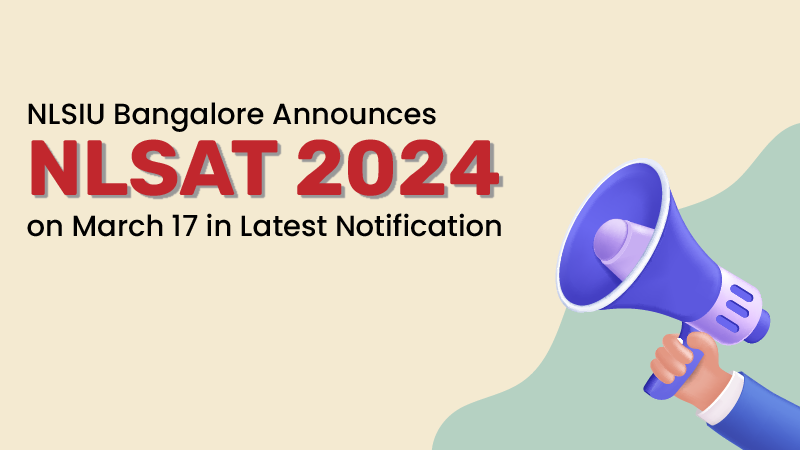

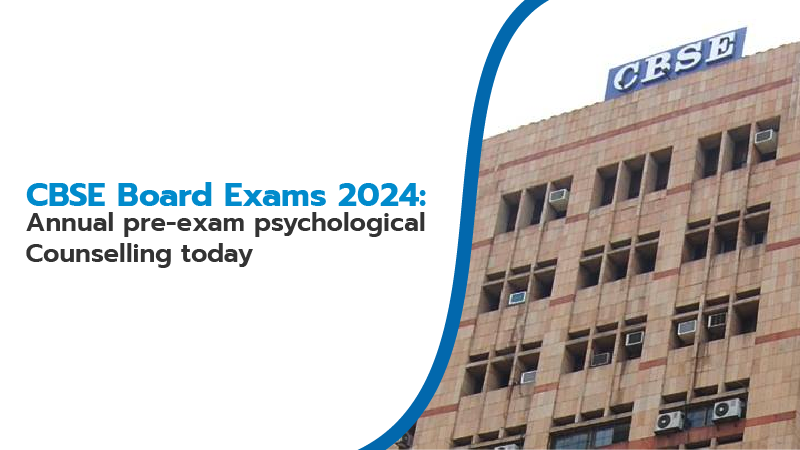
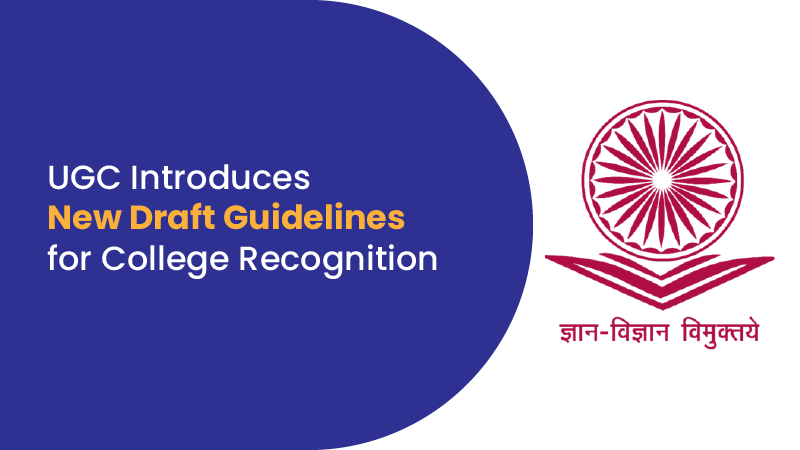



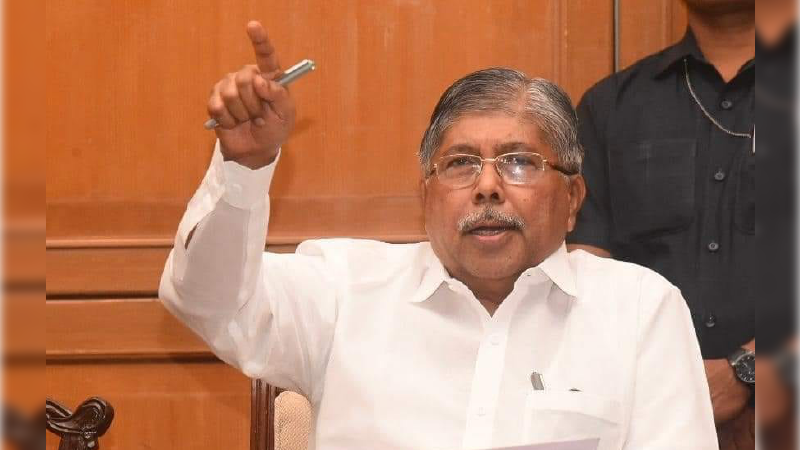
-02.png)

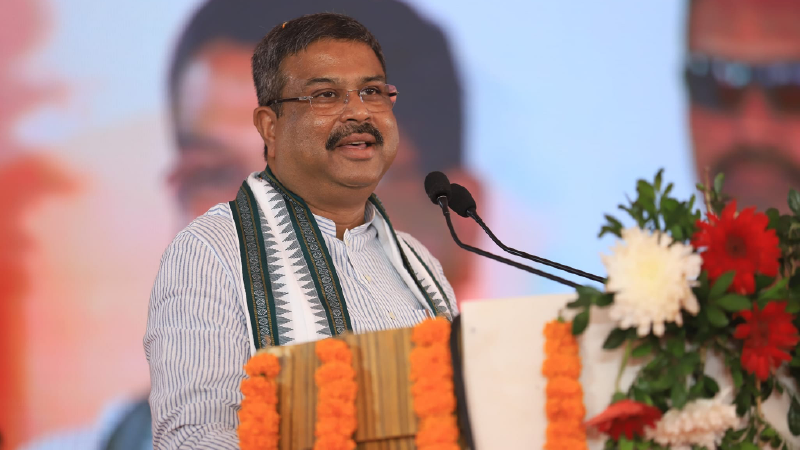

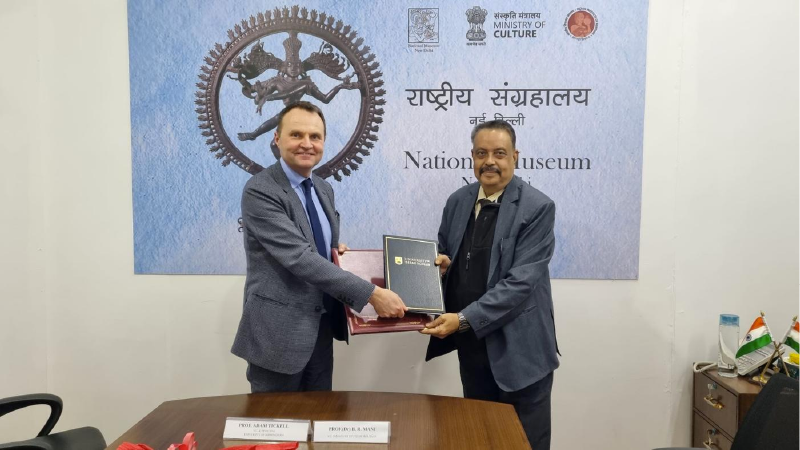
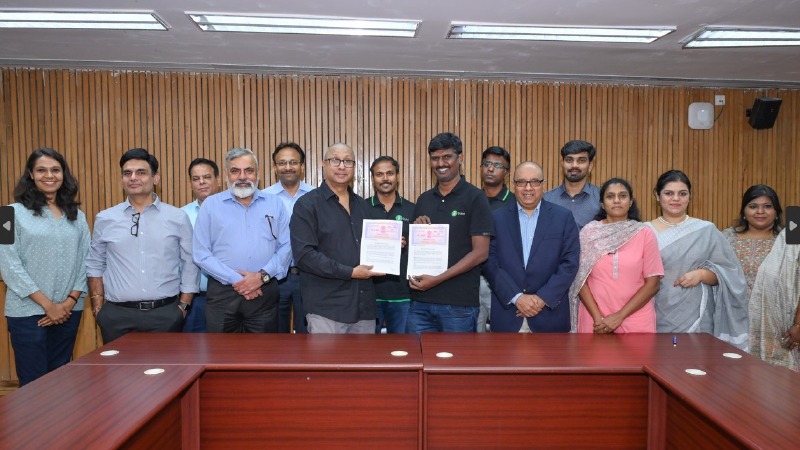
0 Comments
Post Comments